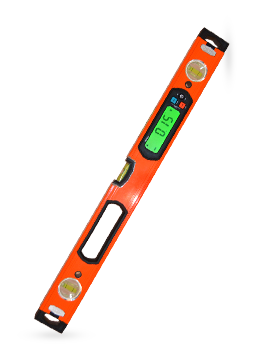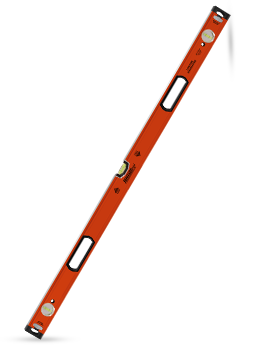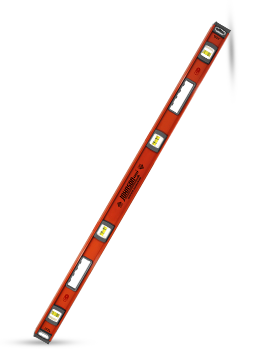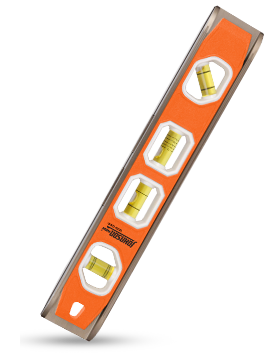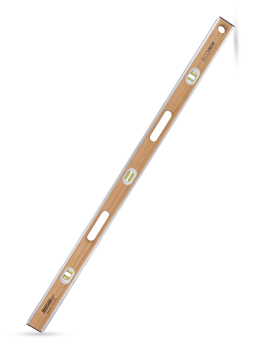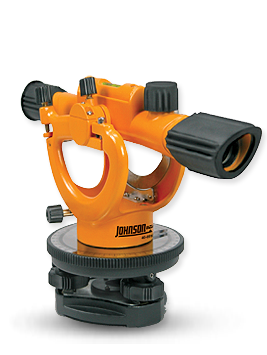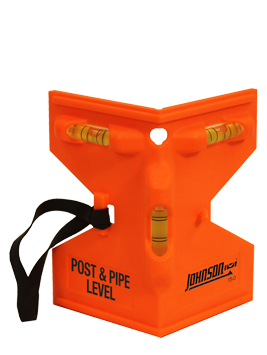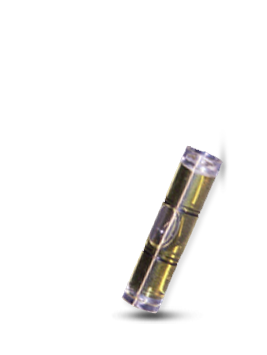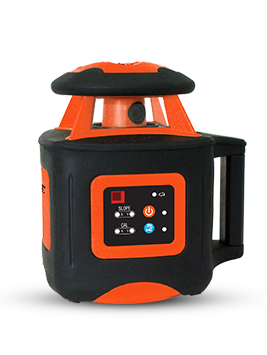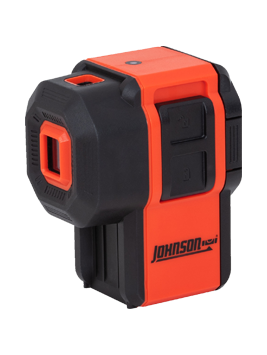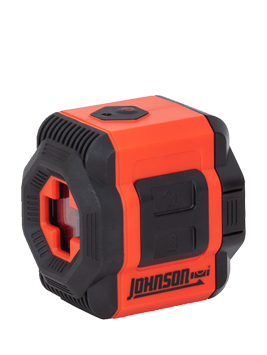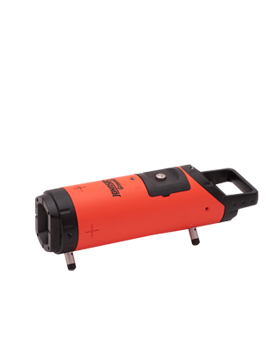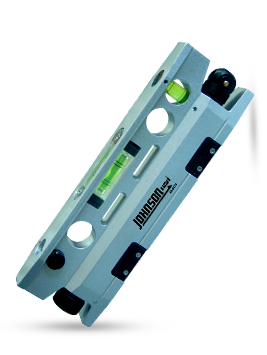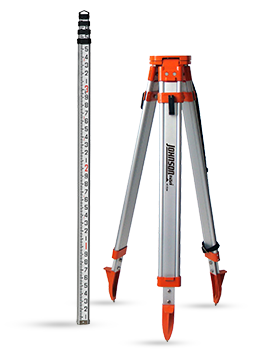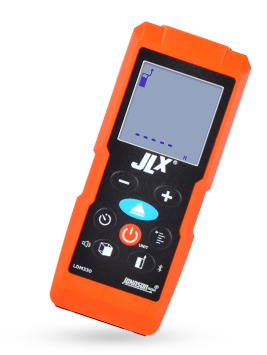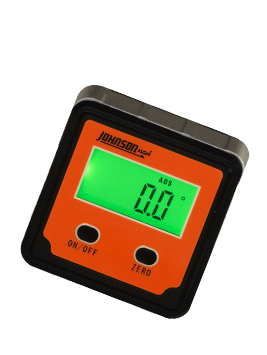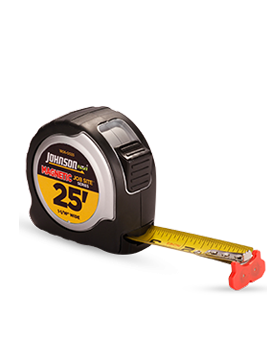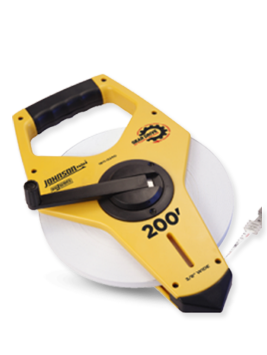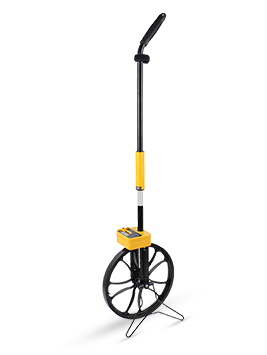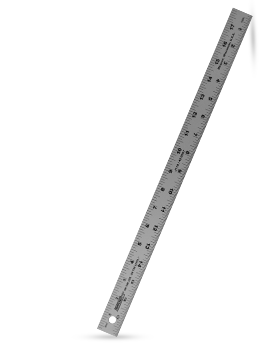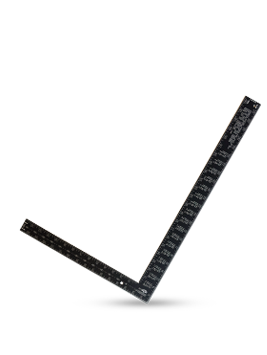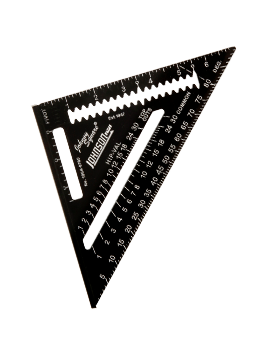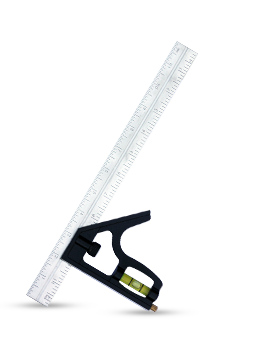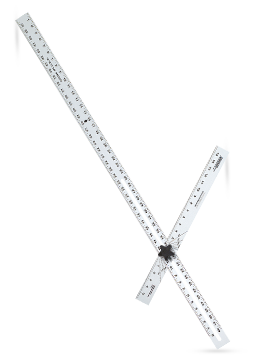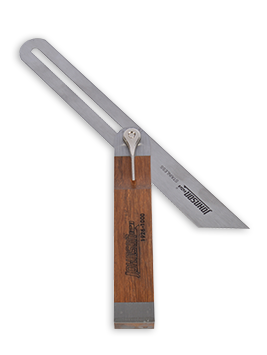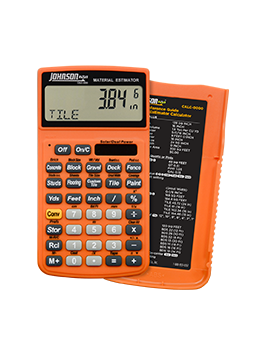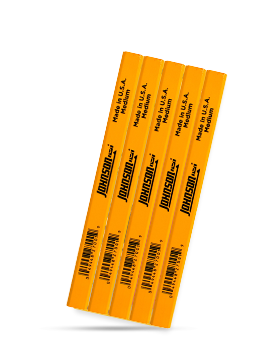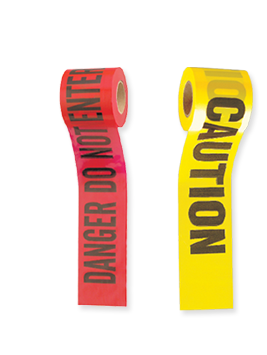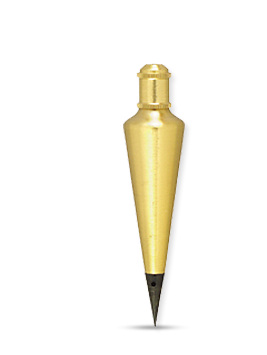Wood Levels
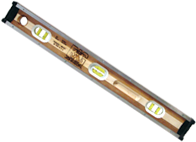 A wood level is specific type of spirit level. It can be made either of a solid piece of wood, like birch or mahogany, or can be a slow growth lumber laminate, which means several pieces of wood strips are pressed and glued together. Laminates are much stronger than solid blocks of wood. The edges of the wood level typically feature some type of edge, like a brass or steel binding, which not only gives the level added strength, it is also used a mason to tap on it with his trowel. Most wood levels traditionally feature a curved spirit level vial system, rather than the barrel vials found in i-beam levels or the solid block acrylic block vial found in box levels. Since the vial is curved, it only works in one position, so the vial system of the wood level is actually a dual (two) vial system. The vial system is hand set to "level" and his held into place by a silicon ring (historically the ring was plaster) and glue, offering more stability.
A wood level is specific type of spirit level. It can be made either of a solid piece of wood, like birch or mahogany, or can be a slow growth lumber laminate, which means several pieces of wood strips are pressed and glued together. Laminates are much stronger than solid blocks of wood. The edges of the wood level typically feature some type of edge, like a brass or steel binding, which not only gives the level added strength, it is also used a mason to tap on it with his trowel. Most wood levels traditionally feature a curved spirit level vial system, rather than the barrel vials found in i-beam levels or the solid block acrylic block vial found in box levels. Since the vial is curved, it only works in one position, so the vial system of the wood level is actually a dual (two) vial system. The vial system is hand set to "level" and his held into place by a silicon ring (historically the ring was plaster) and glue, offering more stability.
Who Uses the Wood Level?
Although wood levels can be used by anybody, wood levels are traditionally used by masons, or professionals in the "wet" or "flat" trades. Features of wood levels include:
- Wood is very easy to clean because mortar does not stick to it. After cleaning, to keep the wood moist, the level can be cleaned with raw linseed oil, lemon oil or tung oil.
- Wood does not absorb and retain heat or cold like an aluminum level would. Wood is impervious to temperature which professional craftspeople on "hot" or "cold" jobs prefer.
- Spirit level vials have a long "bubble travel". Due to the curved, dual-vial system, masons can work at one quarter, one-half and even three-quarters of a bubble out when establishing a slope. Due to do concentricity of the mono (one) barrel vial system, this is not possible. With a barrel vial, once the bubble moves near one-quarter out of level, it "races" to the edge of the vial.
- Glass cover plates over the vials, which are important because mortar (an abrasive) will scratch plastic vial covers, making them cloudy, whereas glass will not scratch this way.
If you need a quick guide on how to use spirit level, visit our information page.
©2010 Johnson Level & Tool Mfg. Co., Inc.
